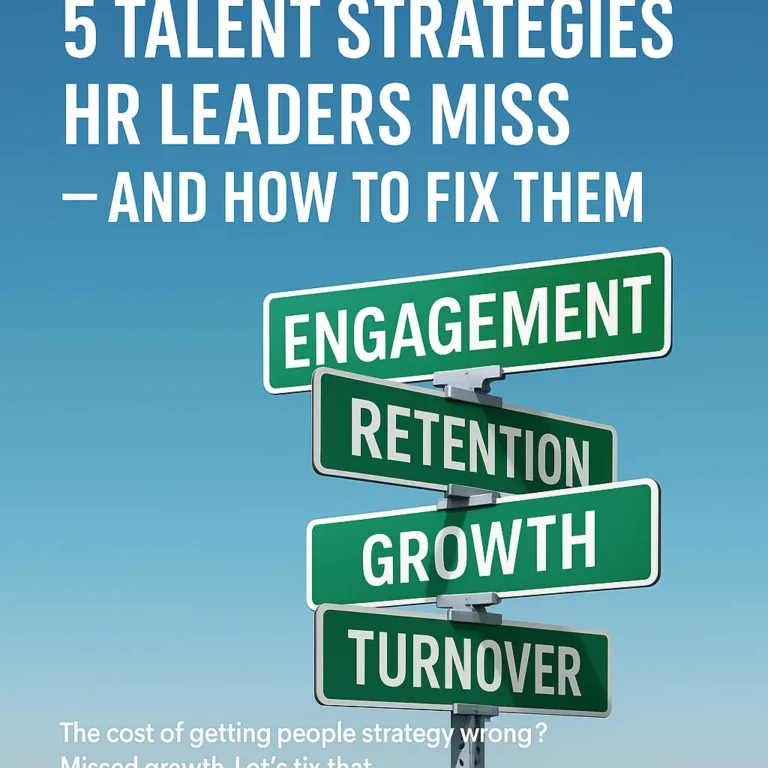I’ve been reading a lot of articles recently, including an interview with Jeff Bezos, touting the new concept of work-life integration.
When I hear “integration,” I think blending two things together — in this case, so that work is part of life. In fact, the very definition of integration is “an act of combining into a whole.”
As a Gen Xer, I don’t identify with that at all. As much as I love my work, it’s still a means to an end. I want some time when there’s no work. I don’t want the two blended together.
I hear stories of people who believe integrating work into life means that they go to their child’s ballgame, pay attention when their child is at bat or on the field, then go back to checking emails. How can we be truly present for anything if we are ping-ponging back and forth?
I’m currently doing some communications and time management training for a client. During the time management talk, we talk about time wasters, and invariably, the big one that comes up is email. In this particular organization, it is a huge time waster.
One man was adamant that he couldn’t take a vacation without checking his email.
I said, “Can’t? Or won’t? Because those are two very different things.”
He said, “I can’t.”
As it turns out, he won’t. But that’s the challenge: The bulk of these folks believe that if they don’t respond to emails almost immediately, their performance is in jeopardy, they’re holding up projects, work isn’t going to get done, etc. They’re checking their email all the time: at dinner, in bed, even during my training. I’m at their organization trying to give them important tools, yet they’re not staying focused!
Rather than work-life integration, I’ve always been a proponent of work-life fit.
How do you want to fit work into your life? What does that look like? To me, it’s different from integration because work and life are still two distinct pieces. There isn’t the blending that integration implies.
From a leadership perspective, when we expect people to integrate work into life, I believe the message is sent to blend the two together. Younger generations don’t want that.
One of the examples I set in the training I referenced above is that I’m working with them for two to three hours without a break. I’m not checking my emails and my work isn’t blowing up. And my job is just as important as theirs!
At times, we have to disassociate in order to stay focused on the tasks at hand, including family time and personal time.
It worries me that we have leaders like Bezos advocating for work-life integration. As leaders, if we really want to empower our people, we need to find out from them what exactly is going to motivate them. I don’t want a team of workaholics who don’t know how to turn it off — they’re just going to burn out. I want a work-hard, play-hard team that knows that it’s important to check out sometimes.
It wasn’t too long ago (less than 20 years ago!) that we didn’t have cell phones, yet businesses thrived. People left work at 5:00 and we didn’t see them again until 8:00 the next day, and everything was fine. I can still remember that if I got a call at home from work, it must have been an emergency because you just didn’t do that to a co-worker.
We have such blurred lines because of technology and its ability to make us available 24/7. Leaders: I wonder what the message is that we’re sending to our people?
As much as I enjoy Shark Tank, if you follow any of the sharks on Twitter or read any of their books, you know that they’re a bit of a different breed of person. They have a consistent drive, and their pedal is always to the floor. Some people thrive in that kind of environment, and the sharks clearly do. Bezos likely does, too.
But I believe the average person does not. The average person on your team needs that break and downtime, and their families deserve it, too.
In terms of the workplace of the future, that’s why we’re seeing remote work gaining in popularity. It gives people the ability to work wherever and whenever they want and be as productive as they can be.
For me, I work with a team of business support specialists scattered all over the country. I don’t notice that they’re not all housed in the same office in the same city. It’s seamless for me, and these folks can work when they’re at their best.
With remote employees, people can really create their own work-life fit. If we would allow people to do that more, as opposed to continuing the Industrial Revolution philosophy of needing to be at our desk from 8 a.m. to 5 p.m. with an hour lunch break, I believe we’d see tremendous business results.
Technology can be the scourge of the workplace, but it’s also offering us much more freedom in how we manage our people.
So, let’s step back and think about what our people really want. Do they want to integrate their lives into their work? Or do they want to figure out what fits? What do they want to strike as the separating points between life and work? Because the two don’t have to blend and bleed into each other, and they surely don’t need to “balance” each other. That separation will look different for each of us.
As leaders, I believe we need to set the tone in our workplace for what is acceptable. Let’s set the cultural expectation that when you’re done with your workday, go recharge. When you’re on vacation, it’s unacceptable to check in — we’ll survive without you.
After all, for the bulk of the history of industrialization, we did just that.
This article originally appeared on Forbes.com.


